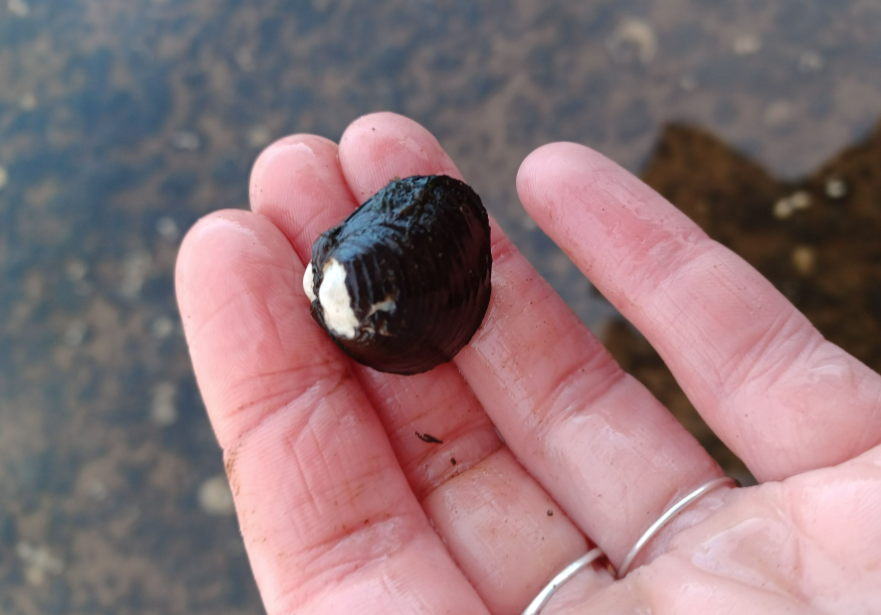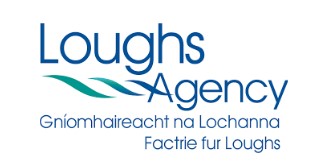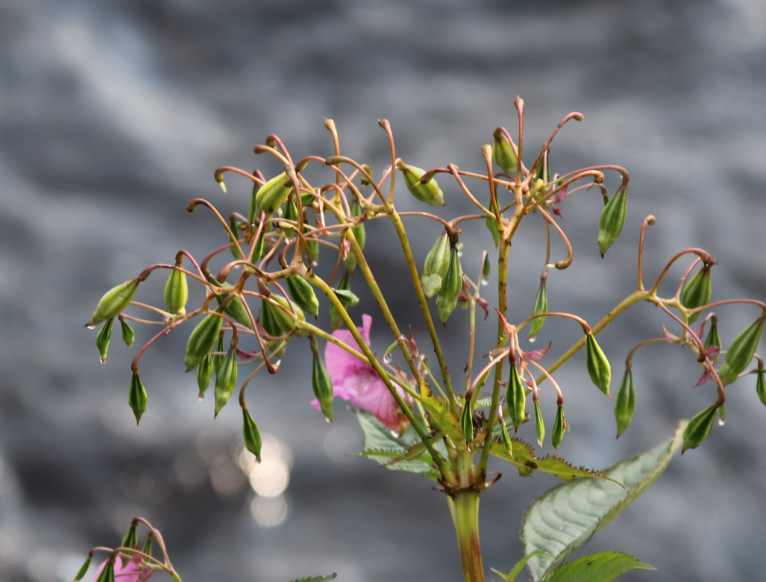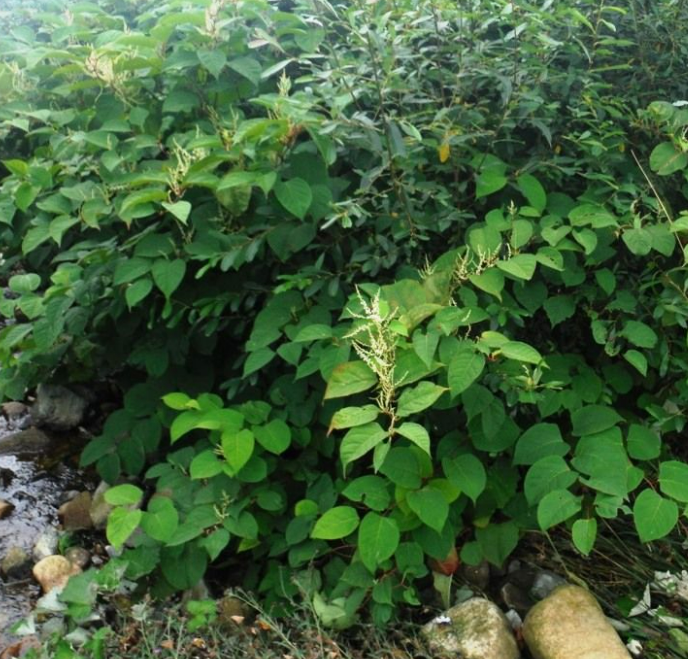
The Loughs Agency is marking Invasive Species Week by raising awareness of the threat posed by invasive species in the Foyle and Carlingford catchments.
The Agency says the rise in global travel and trade means more opportunities for plants and animals to be moved out of their own environment into other areas, and climate change is also having an impact.
The Agency says the effects of non-native species on native habitats in Lough Foyle and Carlingford Lough can be complex, leading to ecological changes, economic losses, and social impacts.
They say aquatic habitats are more at risk from invasive species than terrestrial habitats, because water provides lots of opportunity for species to disperse.
Both plant and animal life can have impacts. In the water, Asian Clam and Pink Salmon threaten native species, while on the surface and on shore, Giant Hogweed, Himalayan Balsam and Japanese Knotweed are major concerns.
The Loughs Agency is urging people to be vigilant, and if they see any non-native species, they are are encouraged not to disturb then, but to record and report the sightings.
**************************************
Release in full –

Loughs Agency urges invasives species action in Foyle and Carlingford catchments
Invasive Non-Native Species (INNS) pose a major threat to the delicate balance of
the ecosystems in the Foyle and Carlingford catchment areas. As Loughs Agency
marks Invasive Species Week, it is imperative to recognise the pressing need for
heightened awareness and collaborative efforts to mitigate the impact of these
species.
In the last fifty years, human activity has led to a sharp increase in global travel.
More people and goods travelling more rapidly around the world means more
chances and opportunities for plants and animals to be moved too. In addition to the
increased rate of movement of people and trade, climate change will influence
species distributions by affecting potential species ranges.
There are multiple pathways by which a species can move to habitats beyond their
native range. A pathway is essentially the route through which a potential invasive
species can be introduced into a new environment. Introductions can be accidental
or deliberate and the consequences of these introductions are often unpredictable.
The impacts of INNS on our native habitats can be complex and devastating and can
include ecological changes, economic losses, and social impacts.
Aquatic habitats are more at risk from invasive species than terrestrial habitats
because water provides lots of opportunity for species to disperse from the point of
introduction through interconnected aquatic systems. Aquatic INNS tend to be well
adapted to spread naturally in aquatic systems. People also aid in the dispersal of
aquatic INNS through recreational and commercial use of the water.
Several invasive species have established a foothold in the Foyle and Carlingford
catchment areas, increasing the need for proactive measures. Notable among these
are:
Asian Clam: Characterised by its yellowish/brown shell with distinctive ridges, the
Asian Clam is a freshwater bivalve which impacts on our native aquatic systems as
a result of its rapid rates of reproduction and its filter feeding activity. Asian clam
disrupts native ecosystems, displacing native filter feeding species like the critically
endangered freshwater pearl mussel.

Giant Hogweed: Giant Hogweed sap contains agents that cause severe skin
inflammation when exposed to sunlight. This raises concerns for both public safety
and the integrity of ecosystems.

Himalayan Balsam: Himalayan Balsam's uncontrolled growth presents a significant
ecological hazard. Its tendency to outcompete native plants and spread seeds
downstream exacerbates erosion and disrupts river ecosystems.

Japanese Knotweed: Originally introduced as an ornamental plant, Japanese
Knotweed now infests various habitats, including riverbanks, choking out native
species and exacerbating soil erosion.

Pink Salmon: Pink Salmon threaten indigenous salmon populations through
competition for resources and transmission of parasites.

In response to the threat of INNS, Loughs Agency urges public vigilance and
proactive engagement. If encountered, individuals are encouraged to record
sightings, refrain from disturbing the species, and promptly report findings to the
Agency.
Sharon McMahon, Loughs Agency Chief Executive, said: “Invasive species
continue to arrive and threaten our wildlife and ecosystems, so it is imperative that
preventative actions are taken to avoid further spread and introductions.
“Through a shared commitment to awareness and collaboration, we can ensure the
protection of our freshwater ecosystems for future generations."
Further information on what Loughs Agency is doing to combat invasive species can
be found at loughs-agency.org.




